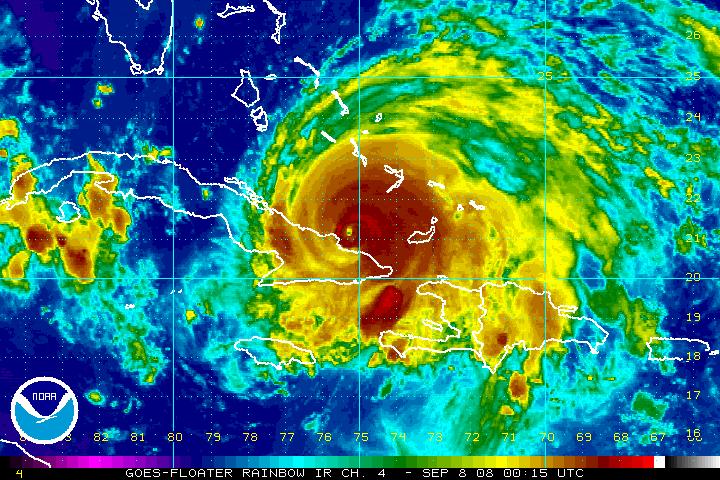Limiting factors are mainly posed by privacy concerns and a budget deficit. Regarding privacy, data collection for the operation of the proposed smart network without proper regulation would cause privacy concerns among the populace. The budget deficit is of concern as the proposed smart network cannot yet be supported by the available water resources [29]. Furthermore, implementing new technologies, such as desalination or a precision agriculture will require significant research and development before implementation [28]. Currently funding can only be funneled into temporary investments from municipal excess budget or be secured by private interest [29,30].
The budget deficit has been caused, e.g., by pollution in rivers in Southern Cape, has been driving production prices up without contributing to revenue [33,34]. Currently, the price of water in Cape Town is approximately 0.45 R per m3 with a total amount of 1.66 billion m3 flushed out each year, adding up to a total value of 635 million R [35]. The low cost of water in combination with the cost of water production to safeguard quality, without recovering the expenditure of water sanitation, results in significant loss of potable water [35].
Due to a lack of communication and clarity of secondary literature in regards to the exact distribution of decision-making capacities was found among the stakeholders outlined in this report. More elaborate assessment of the actors' goals, approaches, resource availability and responsibilities is required to provide an accurate analysis of functioning government procedures. Policy instruments to incentivise action should be employed. Furthermore, behavioral change on a governmental as well as a civic level will require active participation from residents. For instance, prioritisation should be revisited as currently water availability and supply are put above environmental protection, an endeavor which will not remain sustainable in the long term.
The ethical concerns with the construction of a smart water network regard water usage data collection and automated decision making based on this data. Concerns about data collection can be outweighed by the social relevance of the data if the collection is done in accordance with informed consent and privacy regulations. For this, transparent and understandable regulations have to be published by an independent body, including at least data anonymization, data security measures, restrictions on commercial use, and public availability. Secondly, automated decisions made by the system should be monitored to ensure these are not biased and do not put certain entities at an unfair disadvantage. The above tasks have to be performed by an ethical board, consisting of members independent of the smart water network.
Due to the water crisis in Cape Town, sustainability of provision of sufficient and clean water supply for an ever-growing population. Changes in demographics and climatic challenges force Cape Town to reconsider their water supply system. The current situation of decaying water resources revealed problems throughout the water cycle as well as the overall structure of responsibility and tasks of stakeholders in the water management system. [Further information on the problem analysis can be found here]. Found sub-problems have been analysed to mitigate the overall problem. The mitigation researches are connected through the smart water network, and affect each other, as well as the overall system. The mitigation reports can be found on the Mitigation Reports page.
Forecasting of water shortages using seasonal consumption and meteorological data can contribute to better water source management. Interventions to enhance or develop policy for additional water sources is critical in sustainable water resource management, but requires time and planning. Data on rainfall quantities and water consumption numbers (collected from precision agriculture and the urban water reduction technology) is required for accurate forecasting, which will lead to an improved water distribution. In addition, an improved water infrastructure minimizes loss of freshwater and increases the potential for recycling and the efficiency of disposal. Analyzing spatio-temporal data on wastewater generation can be used by wastewater treatment facilities not only to manage treatment load in real-time, but also to manage peak load times and ensure maximum treatment efficiency based on predictions. Water consumption numbers can be used to make calculated strategies, such as water restrictions, to reduce water usage. Monitoring should ensure enough water is available, but should also serve the goal of awareness amongst consumers of scarcity of water.
This paper proposes an outline for an integrated Smart Water Network that was developed from the investigation of Cape Town’s water crisis. The purpose of this model is to safeguard water security by increasing communication between stakeholders for optimizing the water cycle and providing a predictive forecast of water levels for deciding bodies. The smart water network can be easily adapted to any area facing a potential water crisis to detect and implement timely mitigation measures.
Time and financial resources are the main limiting factors that prevent the proper implementation of the system. South Africa acted too late, and now a shift has to be made from quick and immediate solutions, to long term implementation efforts to secure current and future water availability. Due to the severity of the water crisis, there is high public awareness of the issue, which is a good starting point for a step-by-step adaptation of the water network, starting at each sub-problem, and moving towards a fully integrated Smart Water Network. It is important that the government keeps this movement alive, and abstains from declaring anything resolved before all sub-problems are properly addressed. South Africa is an example to other countries facing similar problems and they have a chance to show the benefits of investing into a smart water network preventing similar crises in other part of the world.






